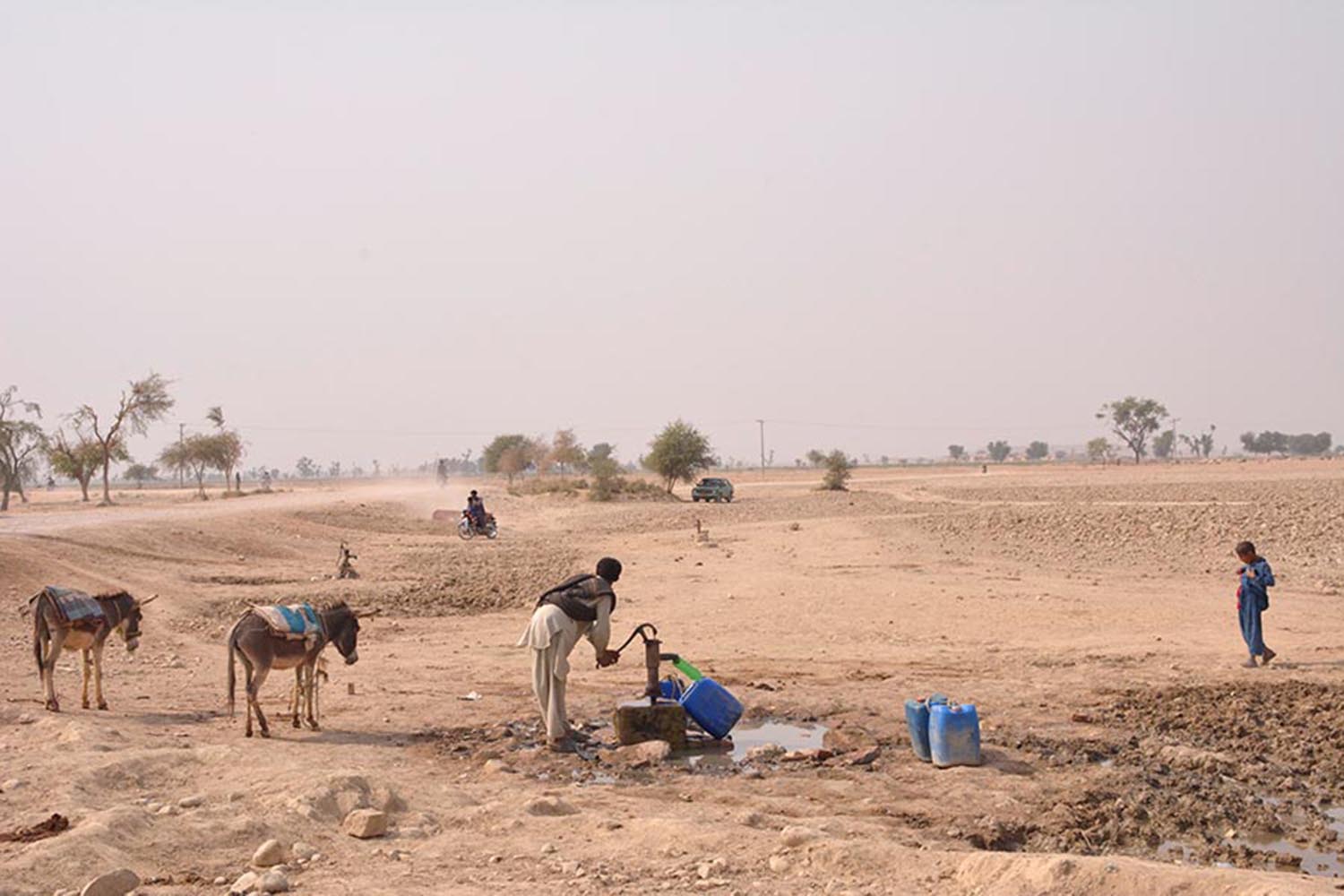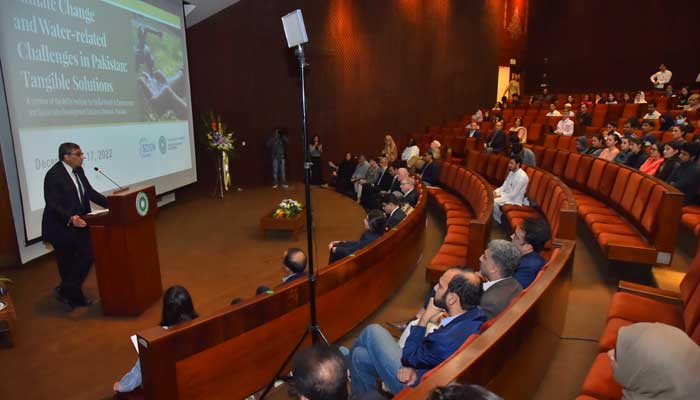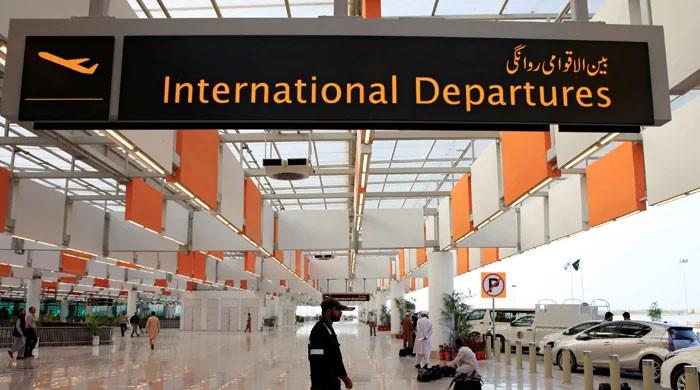'Pakistan may face alarming level of water scarcity by 2025'
Experts say Pakistan depends on a single river system and unreliable water infrastructure
December 20, 2022

- "Water scarcity a serious threat to Pakistan’s growth," experts warn.
- Dr Nausheen stresses reliable, affordable, sustainable energy.
- Pakistan ranks 14th among 17 extremely high baseline water stress countries
Dr Zulfiqar A Bhutta, founding director of the Aga Khan University’s Institute for Global Health and Development, Tuesday underscored the nexus of water security and nutrition in Pakistan, stressing that one cannot be managed without sustaining the other.
"Water is an equal threat as nutrition to the development of the country. By 2016, there were only 1,000 cubic metres of water left for each person in Pakistan – which is the borderline requirement," Dr Bhutta said, addressing a seminar titled ‘Climate Change and Water-related Challenges in Pakistan: Tangible Solutions’.

The two-day conference brought together national and global scientists, policy advisors, experts, as well as climate change officials from the provincial and federal governments to share their evidence-based views on how water safety, security, and population health can be achieved.
The conference was organised by the AKU's IGHD and the national hub of the United Nations’ Sustainable Development Solutions Network.
Experts at the seminar reiterated that water scarcity has become a serious threat to Pakistan’s sustainable development and economic growth. In addition to surface water, Pakistan’s groundwater resources — the last resort of water supply — are severely overdrawn, mainly to supply water for irrigation.
If the situation remains unchanged, as per experts, Pakistan may face an alarming level of water scarcity by 2025.
These views were expressed by scientists and policy advisors speaking at a seminar on ‘Climate Change and Water-related Challenges in Pakistan: Tangible Solutions’ organised by the Aga Khan University’s Institute for Global Health and Development and the national hub of United Nations’ Sustainable Development Solutions Network.
Also present at the event, Aga Khan Professor at the Massachusetts Institute of Technology Professor James Wescoat spoke about climate change and critical water problems in the Indus Basin of Pakistan.
He expressed serious concerns about increased flooding and drainage problems getting worse by 2050, especially in the lower Indus Basin.
"We must support bold and pragmatic approaches to reconstruction, including water and climate research networks and Indus Basin models with health and well-being at the core," he said in his keynote address.
Karachi Ubran Lab's Dr Nausheen H Anwar underscored that Pakistan needs resilient cooling pathways in the face of rising temperature and extreme heatwaves. "For cooling resiliency and adaptation, Pakistan needs reliable, affordable, and sustainable energy," she said.
Experts at the event shared that Pakistan ranked 14th among the 17 ‘extremely high baseline water stress’ countries of the world, as per the World Resources Institute.
However, water stress is just one dimension of water security. Like any challenge, its outlook depends on management. Some of the most arid and water-stressed countries, including Saudi Arabia and Namibia, have effectively secured their water supplies through proper management.
Around 96% of Pakistan's freshwater is used for agriculture, a sector which constituted nearly 23% of its GDP in 2021. Nevertheless, the country continues to depend on a single river system and unreliable water infrastructure.
Adding to these factors are impacts of climate change, including frequent floods, droughts, and the accelerated melting of glaciers in the country's north. The health and nutrition consequences of the large-scale devastation caused by a recent episode of floods are unfortunate examples and call for urgent and collaborative action at all governance and policy levels.









